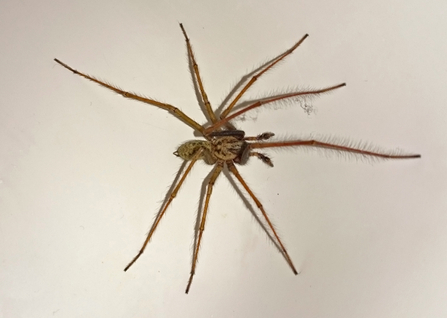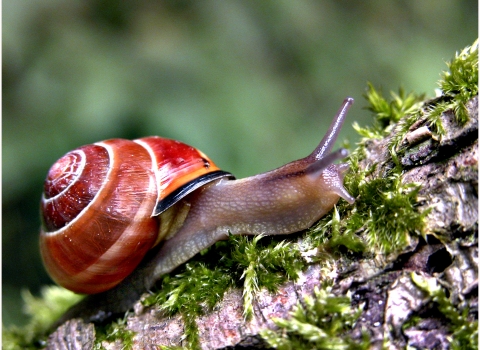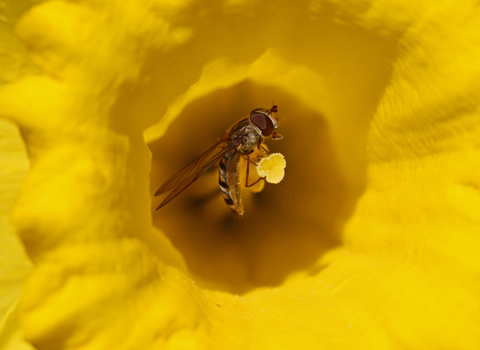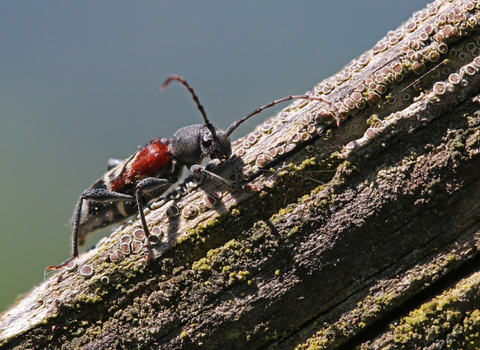This week I had a text from a friend that simply read "And it begins" with a picture of her carpet. I knew exactly what she meant.
When I was little I used to collect spiders. I'd have them running up my arms as I tried to corral them into staying in the same spot. Dad says that he came to turn out my light one night and found me sat in the middle of my bed with spiders everywhere. Then something happened. To this day I don't know what it was but I suddenly didn't like my eight-legged friends any more - I'd squeal and run away. That's a more common response and while it may not be as friendly as picking one up and putting it out of harm's way, it's better than stamping on it!
Unlike my friend, however, I've learned to live with spiders again. These days I let them do their own thing rather than try to herd them and I'm actually quite protective of them. When I was deadheading my alliums a couple of weeks ago, for example, I came across a collection of recently hatched flower crab spiders and made sure to safely rehome them on a buddleia flower before composting the allium heads. On the outside of my windows, I do my best to leave the missing-sector orb weaver's webs intact and in the house I quietly acknowledge the speeding house spider as he darts across the carpet looking for love.
Yes, you read that right. Like me, you may notice that at this time of year there are (seemingly) giant spiders emerging from nowhere and clumping across your floors. Don't panic! Autumn is peak breeding time for our house spiders and many of the UK's native 600+ species of spider. There aren't more of them, they're just visible as the males become intrepid explorers on the hunt for a suitable date. They'd prefer to be outside where there's more of a banquet on offer but they'll search all the nooks and crannies of our homes just in case Miss Perfect is hiding somewhere. If he's lucky enough to find her, our amorous male will guard her until she's ready to mate. At this point, there's a period of web-tapping and abdomen-bobbing before mating gets underway. There will be several mating episodes until the male eventually dies; the female will lay the eggs next spring.





